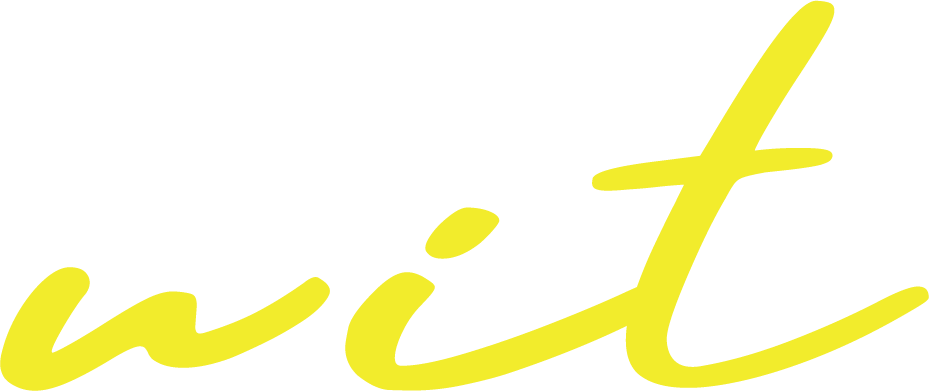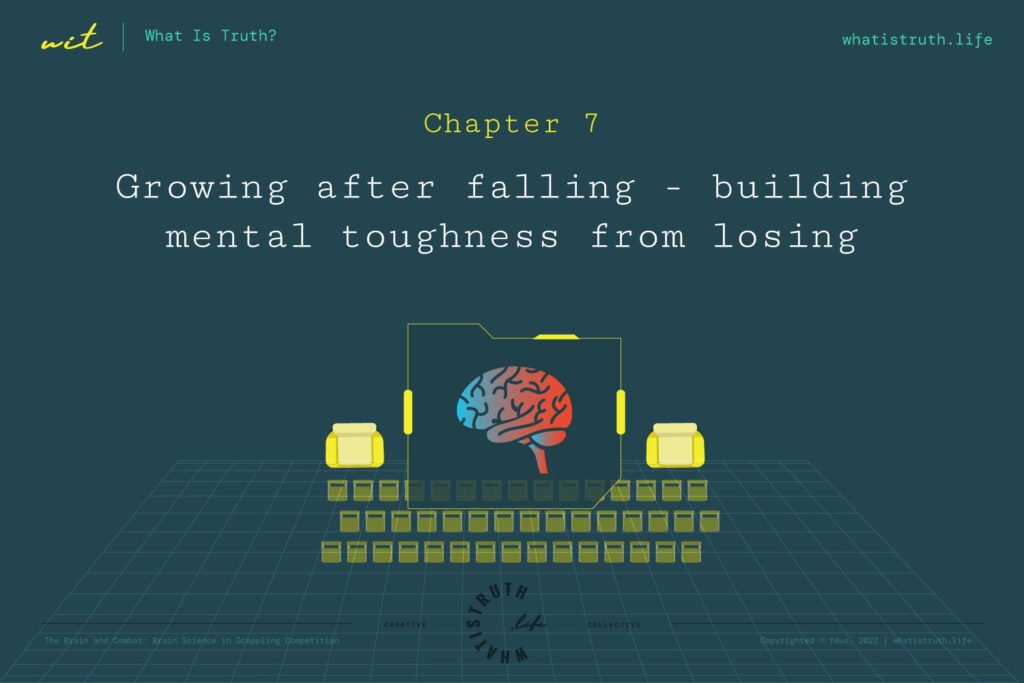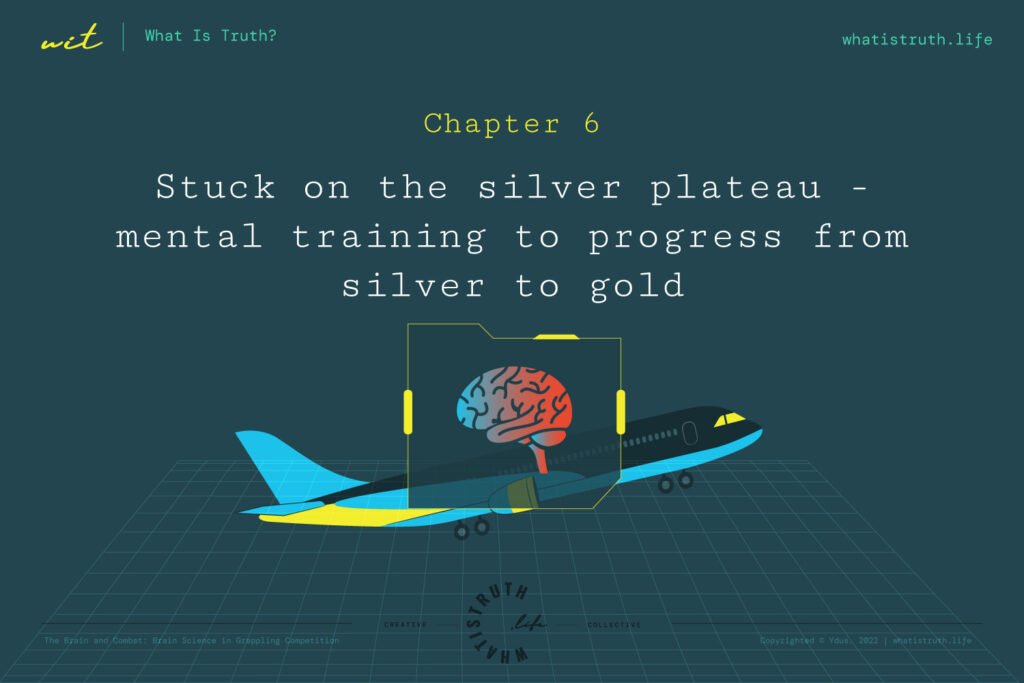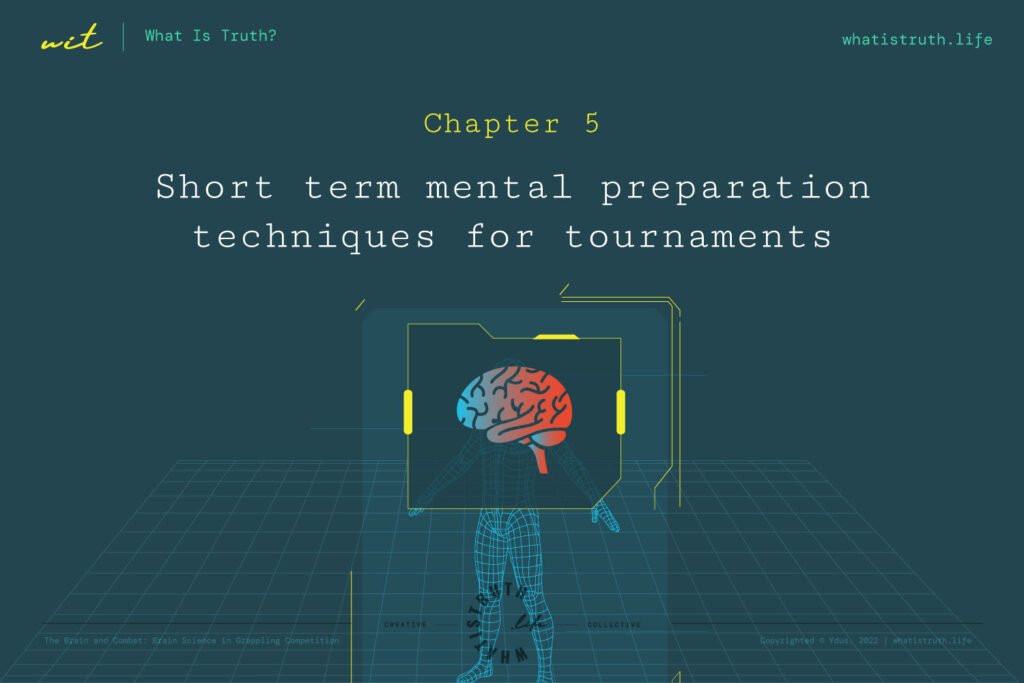What you have on the mat
All the internal dynamics discussed in the previous chapters are translated into a medal or a lack of it at the tournament. The mental and physical skills you have developed thus far are your primary resources during combat. Nothing will be learned, discovered, or fixed during the fight because you’ll be under attack.
On the mat, it’s just you and what you’ve gathered thus far. Whatever you haven’t got under control before you step onto the mat will interfere with your tournament performance. Exactly as Yoda described.
Luke: ‘What’s in there?’
Yoda: ‘Only what you take with you.’
Empire Strikes Back – Cave On Dagobah
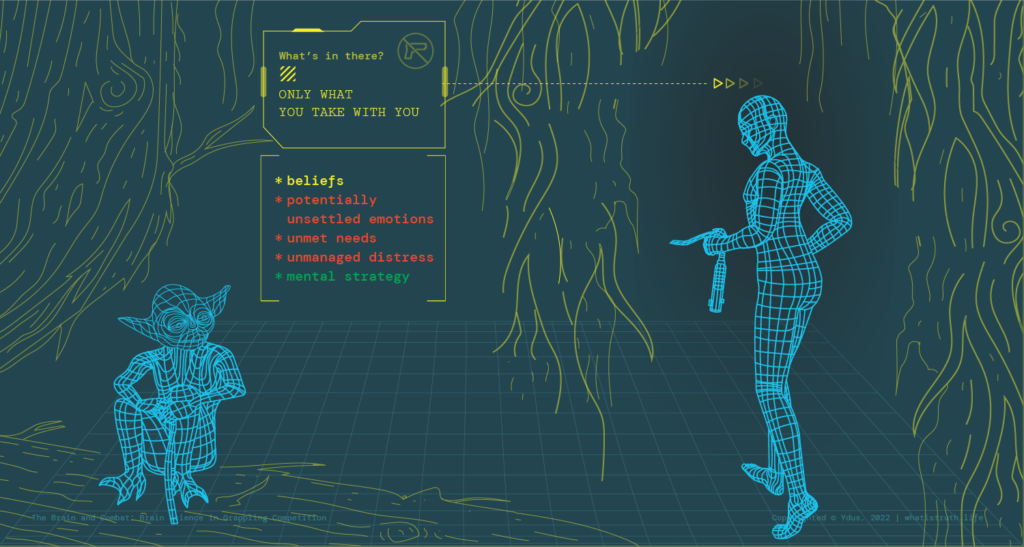
Your brain does not distinguish between being attacked on the mat and on the street. Both scenarios hold the possibility of serious physical and mental injury, and as such, both trigger a strong stress response. Take a closer look at the sequence of events in the brain from the point where you first glance at your opponent to the point of dealing with the outcome of the fight.
- Stage 1: Opponent evaluation
- Stage 2: Consequent body changes
- Stage 3: Aftermath rationalization
1. opponent evaluation
We know from Chapter 2, the limbic layer of the brain, specifically the Amygdala, is responsible for the initial quick and dirty judgement of a situation that needs to be dealt with, which is the opponent in this case. If you remember Terminator 2, that’s exactly what’s going on inside your brain when you first see your opponent. The brain takes note of all the relevant measurements of the opponent to determine the best course of action. These measures are: the external size (body mass), internal size (assertiveness), and memory (your past encounters with the observed type).

A. The size of the opponent
Size matters, a lot. Body mass is a weapon itself, used actively in grappling and mixed martial arts. The first bit of information the Amygdala needs to know: ‘Can this person immobilise me just by sitting on me?’ The bigger they are, the more dangerous they will seem and the higher your stress response will be.
Your opponent will also evaluate your size difference which will affect how they fight; if you’re smaller, they will be much less hesitant in their fighting style as they get a green light from their brain to go after the potential gain.
Even at casual social events, the brain tends to measure size first when meeting strangers because of the apparent physical advantage size offers. In grappling arts and close contact combat, this has extreme relevance as a bigger opponent equals bigger trouble.

B. the Assertiveness of the opponent
This is the second most important piece of information your Amygdala extracts about your opponent. Assertiveness may be familiar to you from pop culture terms like inner animal, spirit animal, resonance, energy level, and so on. Loosely translated, while your body mass tells everyone how big you are on the outside, your assertiveness reveals how big you are on the inside.
By the time you reach adolescence, your Amygdala is a pro at scanning people to figure out their potential assertiveness. It tries to detect micro-movements, micro-gestures, speed of movement, potential tension in the body, emotional charge, essentially any indication that can reveal someone’s power beneath the surface. The score will be assigned to your opponent by comparing them to yourself. That score may not be accurate, but it doesn’t have to be. The perceived number is the basis of the stress response that you have to deal with before fighting your opponent.

To avoid inappropriate responses, the Amygdala continuously learns and tries to improve its estimation accuracy. In doing so, it also scans a person’s outfit, checking for patterns attached to certain fashion choices (deliberately or inadvertently). Black uniforms with graphic images of dangerous animals serve the wearer by creating an association with something dangerous, thereby boosting their visible assertiveness. Faking higher assertiveness is a way to manipulate the opponent into a worst physiological state. The fact is, this works quite well at lower belts and against beginner competitors.
The behavioural components of this makeup include swift movements, intense warm-ups, angry facial gestures, and loud exhales, and the list could go on. Acting up is often an unconscious reaction, and fighters act according to their natural instincts. Sometimes, however, to convey ‘confidence’, students are told to display bullish or’ mad dog’ behaviour, portraying anger. Anger is known to release locked resources from the body in the short run, since its evolutionary function is self-preservation (in its pure form, it is called defensive anger). Accordingly, the Amygdala perceives an angry person as ‘extremely dangerous’ by default, classified as assertiveness level 10. With time, however, the brain smartens up, and regular competitors can easily recognise unauthentic behaviour.
Takeaway: An opponent faking anger (perceived assertiveness of 10) is trying to exploit your stress reaction and make you lose against your own body before the fight has even begun.
Faking high assertiveness is not a ‘fake it till you make it’ case and has nothing to do with confidence, as discussed in Chapter 2. It’s more like dust thrown into the opponent’s eyes that will not fool regular competitors, especially at higher belts. If that act is all the strategy one has for competitions, losing just once can be enough to break the façade and leave a person clueless as to what will make them a winner.
C. Personal history
The third piece of information gained from evaluating the opponent comes from inside, by scanning your memory to see if they have any similarities with people from your past. As an example, if a fighter grew up in an environment where people with higher assertiveness used their power to intimidate and snatch others, the life lesson from this experience is that any assertiveness higher than their own comes with danger. As a result, the response to any opponent with slightly higher assertiveness triggers an unreasonably high stress response causing significant performance loss. Another example, if a person has a small physique but was protected by larger lads in the past, a large body mass may trigger quite a low stress response since it’s associated with support.

Those three measures: the body mass of the opponent, the assertiveness of the opponent, and our personal history, combine into our final judgment of the situation. The response is launched based on the result, putting the body in a certain physiological condition.
Next: Consequent body changes
